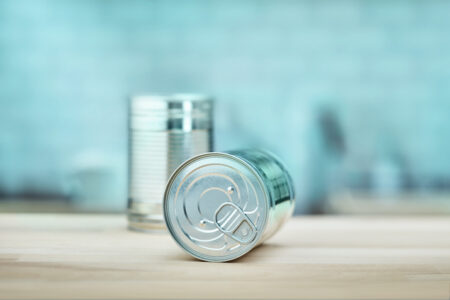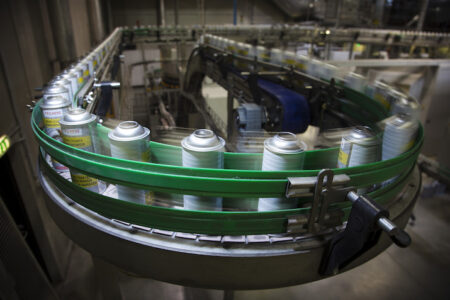Recycling rate of tinplate remains high at 91 percent in Germany

In this year’s recycling results for packaging in Germany, the recycling rate for tinplate is again well ahead of all other packaging materials at 91%. This finding was published by the gvm (Gesellschaft für Verpackungsmarktforschung) in their annual “Recycling Balance Sheet for Packaging”.
“In times of great debate about microplastics, one of the biggest challenges is to promote the use of recyclable packaging materials,” said Dr. Peter Biele, CEO of thyssenkrupp Rasselstein GmbH. “Millions of tons of plastic waste are already floating around in our oceans all over the world and becoming part of our food chains. By contrast, the high degree of recyclability of tinplate tells a completely different story.”
Since the foundation of the DWR (Deutsche Gesellschaft für Weißblechrecycling mbH) and its involvement in the non-profit company Kreislaufsystem Blechverpackungen Stahl GmbH (KBS), thyssenkrupp Rasselstein GmbH has actively contributed to the recycling of both privately-consumed tinplate packaging and commercially-produced quantities for many decades, ensuring that it is fed back into steel production in a professional and targeted manner.
Even though the recycling rate for tinplate rose by seven percentage points between 2005 and 2017, there is still room for improvement.
“To further increase the recycling rate achieved in 2017, the cans, which today still end up in waste incineration after being wrongly thrown in with general waste, would also have to be integrated into the dual collection systems,” says Andreas Knein, managing director of DWR. “For this objective to be achieved, all those involved – from manufacturers to retailers, and dual systems to the recycling industry – must inform the public even more effectively. After all, recycling couldn’t be any easier than with tinplate, as it’s a magnetic packaging material that is almost 100 percent recyclable.”



